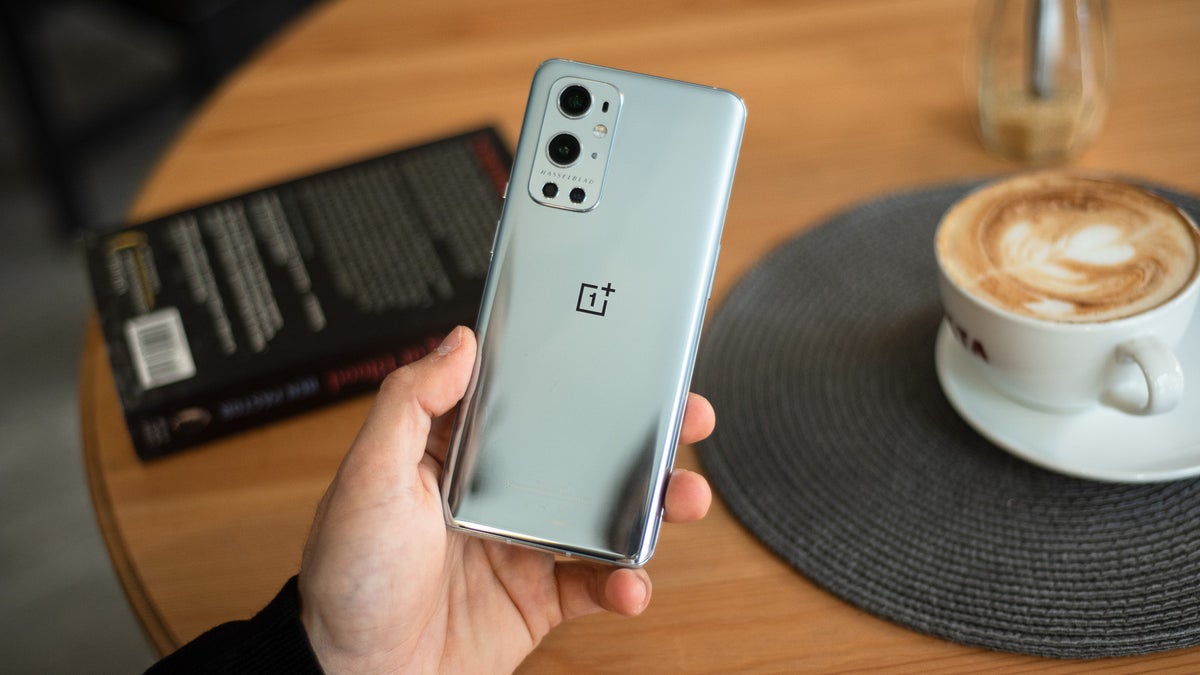
- #Pixel 6 pro geekbench 720p
- #Pixel 6 pro geekbench full
- #Pixel 6 pro geekbench for android
- #Pixel 6 pro geekbench Bluetooth
- #Pixel 6 pro geekbench windows
#Pixel 6 pro geekbench full
With a third-party 65W adapter that supports PD (because there is no charger supplied with the phone), our Pixel 6 Pro took 45 minutes to go from 0% to 50%, and 120 total minutes for a full 100% charge, while the Pixel 6 needed 46 minutes and 116 minutes for the same percentages. According to their website spec sheet, Google said the phones can reach 50% charge in 30 minutes with a compatible 30W Google adapter or PD fast charger. We suspect the bigger display (and higher resolution) was the main culprit of the Pixel 6 Pro’s shorter uptime since both devices use almost identical hardware and have the same test parameters.īoth models offer 30W fast-charging (PD 3.0 standard), alongside 21W wireless fast-charging on the Pixel 6 and 23W wireless for the Pixel 6 Pro. Both still retain the “charging temporarily limited” feature that keeps your phone at 80% (toggled on by default), helping to conserve battery lifespan from not being fully charged. The Pixel 6 has 4,616mAh while Pixel 6 Pro touts 5,003mAh.
#Pixel 6 pro geekbench Bluetooth
Wi-Fi and Bluetooth connectivity turned onīoth Google Pixel 6 and 6 Pro offer as much juice (battery) as possible, which gives them unconventional battery capacity values.
#Pixel 6 pro geekbench 720p

Of course, there are two main challenges with having a powerful processor on board. We’re surprised to see that the Google Pixel 6 and 6 Pro pull synthetic numbers that can easily compete against 2021 budget flagship alternatives of the same price and grade.
#Pixel 6 pro geekbench for android
Since this is a newly introduced benchmark in our reviews, we’re building up our database of PCMark scores for Android phones. Work 3.0 scores are above, while Storage 2.0 scores are immediately below for each device - the higher the score, the better. Together, the benchmarks can clue us in on how capable a phone is at handling everyday use. Storage 2.0 checks write-in and read-out performance for internal storage, external storage (if applicable), and SQLite database management.

The Work 3.0 test checks how the device handles common productivity tasks such as browsing the web, editing videos, working with documents and data, and editing photos. PCMark for Android is a benchmark for testing the performance of Android phones and tablets. PCMark for Android - Work 3.0 and Storage 2.0 Unlimited mode renders exactly the same frames in every run on every device, regardless of resolution scaling. In Unlimited mode, the benchmark runs offscreen using a fixed time step between frames.
#Pixel 6 pro geekbench windows
Wild Life uses the Vulkan graphics API on Windows PCs and Android devices. Its graphics test consists of multiple scenes with variations in the amount of geometry, lights and post-processing effects, mirroring mobile games that are based on short bursts of intense activity. The higher the score, the better.ģDMark Wild Life is a cross-platform benchmark for Windows, Android and Apple iOS for measuring GPU performance.

Geekbench 5 scores are calibrated against a baseline score of 1000, which is the score of an Intel Core i3-8100. Geekbench CPU is a cross-platform processor benchmark that tests both single-core and multi-core performance with workloads that simulate real-world usage. It runs a total of 64 subtests, each weighted equally, with multiple iterations, and takes the geometric mean to compute the overall score. It primarily tests for a system’s and browser’s ability in delivering a good web experience. JetStream 2 is a combination of a variety of JavaScript and Web Assembly benchmarks, including benchmarks that came before like SunSpider and Octane. Also, because it’s a 2021 phone, we’ll pit it against other 2021 alternatives for a better understanding, but know that it’s more likely to compete with rising 2022 options like the Samsung Galaxy S22 too. We’ll compare the Google Pixel 6 and 6 Pro based on price – indeed, if you set aside S$1,000 - S$1,300 for your next phone, you’re probably looking at getting the most out of your money. Google Tensor is also Google’s first homebrew in a Pixel mobile, having traditionally used Qualcomm chipsets in previous Pixel iterations. Is it strange that the 2021 representative of pure Android OS doesn’t use a Qualcomm mobile platform? Google Pixel 6 and 6 Pro comes with its proprietary Google Tensor chipset, much in the same style as Apple’s Silicon, Samsung’s Exynos, and Huawei’s Kirin processors. Benchmark Performance, Battery Life, Conclusion Benchmark Performance


 0 kommentar(er)
0 kommentar(er)
